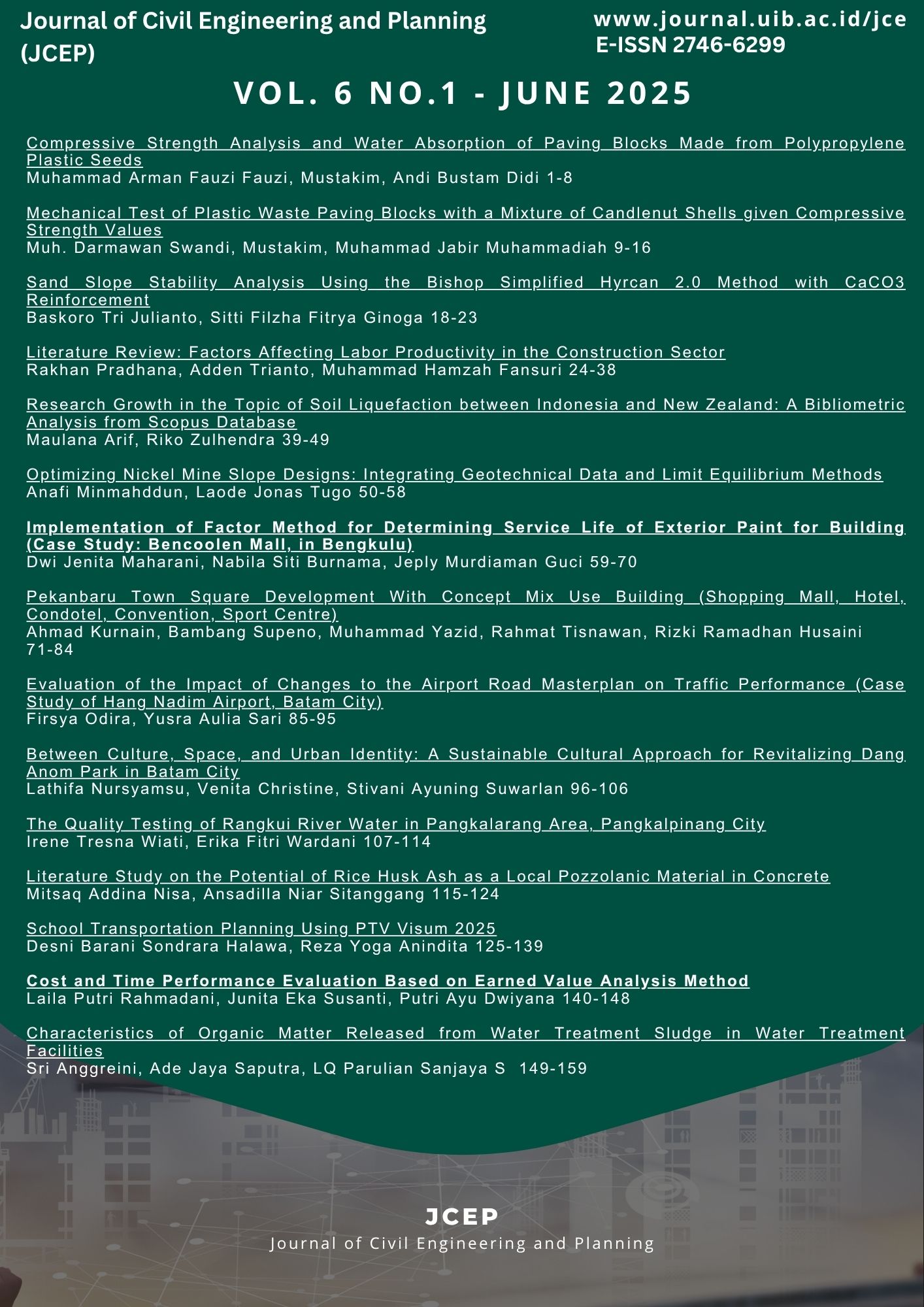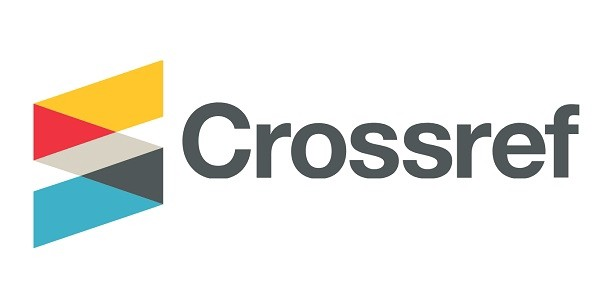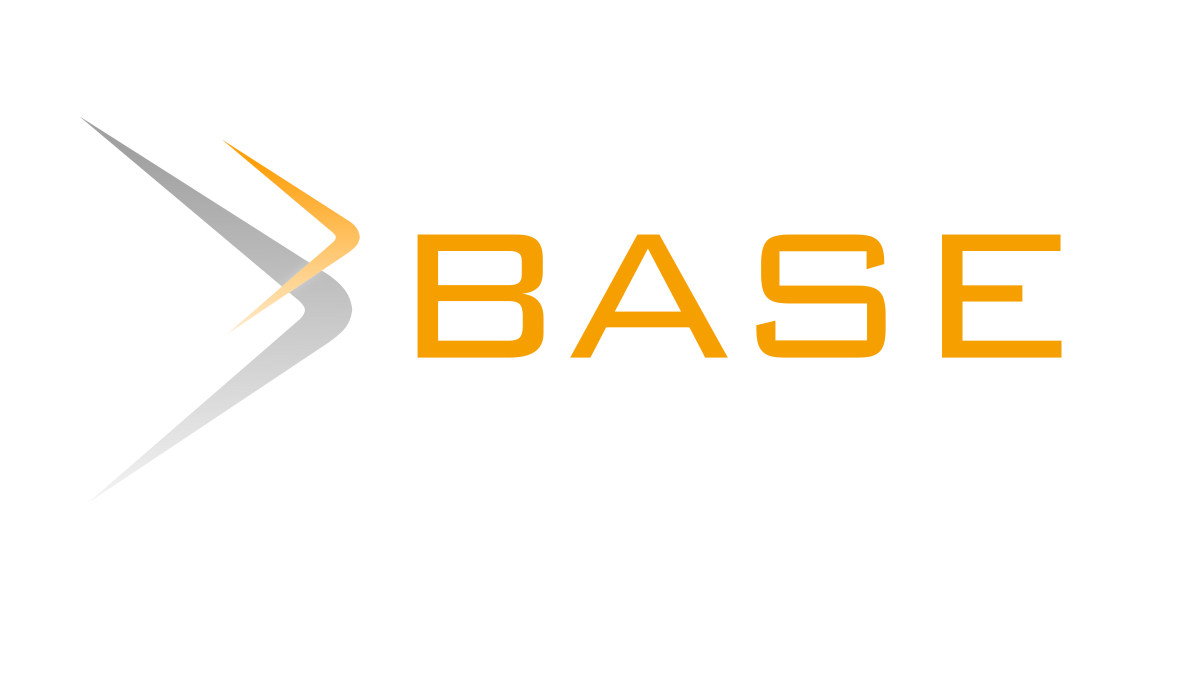The Quality Testing of Rangkui River Water in Pangkalarang Area, Pangkalpinang City
DOI:
https://doi.org/10.37253/jcep.v6i1.9860Keywords:
river water, laboratory tests, clean water, Pangkalarang areaAbstract
The availability of clean water is very important for improving public health. Clean water sources can come from the ground, rivers, dug wells, and so on. The Pangkalarang community also really needs clean water. Currently, they only use dug well water that does not meet health requirements. The quality of clean water in this area is affected by seawater intrusion that pollutes groundwater. Pangkalarang has a surface water source in the form of Rangkui River water whose quality must be known if it is to be used as clean water. So researchers consider it necessary to conduct laboratory tests on river water samples. The parameters tested were pH (5.83) so that the pH of the water is categorized as an acidic liquid because the pH value is less than 7), COD (the highest value is 39.8 mg/L while the standard value is 10 mg/L), BOD (the highest value is 4.52 mg/L while the standard value is 2 mg/L), heavy metal content Zn (value <0.0377 mg/L and while the standard value is 0.01 mg/L), and Eschericia Coli bacteria content (the highest value is 350 MPN/100 ml while the standard value is 0 MPN/100 ml) according to PP Number 22 of 2021 concerning the Implementation of Environmental Protection and Management. Based on laboratory tests, Rangkui River water does not meet health requirements. Therefore, researchers do not recommend the river water as a source of clean water.
Downloads
References
[1] R. Zulhendra, M. Arif, A. Putra, and D. F. Hadi, “Stability Modeling of Groyne-Type Structure with Embankment in Pelangai River , Pesisir Selatan Regency , West Sumatra,” vol. 5, no. 2, 2024, doi: 10.37253/jcep.v5i2.10007.
[2] A. Dharma and A. Savitri, “Analysis of Water Pollution due to Development Activities and Its Impact on the Citarum River in Indonesia,” vol. 1, no. 3, pp. 318–323, 2023, doi: 10.37253/leader.v1i3.8302.
[3] S. Shaviera, M. Pamadi, and A. Savitri, “Studi Kelayakan Investasi Proyek Perumahan Di Daerah Batam Center Feasibility Study of Housing Project Investment in Batam Center,” vol. 4, pp. 146–154, 2023, doi: 10.37253/jcep.v4i1.7844.
[4] Pemerintah, “Peraturan Pemerintah Republik Indonesia Nomor 22 Tahun 2021 Tentang Penyelenggaraan Perlindungan dan Pengelolaan Lingkungan Hidup,” 2021.
[5] I. W. A. Publishing, “Drinking water quality control : control charts for turbidity and pH Sermin Elevli , Nevin Uzgören , Deniz Bingöl and Birol Elevli,” pp. 511–518, 2016, doi: 10.2166/washdev.2016.016.
[6] J. H. T. Taher, “Jurnal Biology Science & Education 2015 Wa atima,” vol. 4, no. 1, pp. 83–93, 2015.
[7] Welasih Tjatoer, “PENURUNAN BOD DAN COD LIMBAH INDUSTRI KERTAS DENGAN AIR LAUT SEBAGAI KOAGULAN - CORE Reader.pdf,” vol. 4, No 2, 2008.
[8] J. I. Perairan, P. Perikanan, A. Bod, K. Cut, J. I. Perairan, and P. Perikanan, “Analisis BOD dan COD di Perairan Esturia Sungai Krueng Cut, Banda Aceh,” vol. 6, no. 3, pp. 199–204, 2017, doi: 10.13170/depik.6.3.8481.
[9] D. Dib, N. Ababsa, D. Addad, K. Kadi, A. Khiari, and M. Oualdjaoui, “Experimental research on water chemistry evolution in case of inadequate conservation protocols : application on surface and groundwater,” Appl. Water Sci., vol. 11, no. 7, pp. 1–11, 2021, doi: 10.1007/s13201-021-01467-5.
[10] D. C. Khaerunissa Anbar Istiadi, Jernita Sinaga, Eni Dwi Islamiati Melati Aprilliana Ramadhani and E. S. Indah Kurniawati, Windi Susmayanti, Monik Krisnawati Abdul Roni, Andrey Wahyudi, Neli Diah Al Hajar Fuadatus Zurroh, Dwi Endah Kusumawati, Mikrobiologi dan Virologi. Yayasan Kita Menulis, 2024.
[11] Hafsan, Mikrobiologi Terapan. Bojongsari: CV. Eureka Media Aksara, 2024.
Downloads
Published
Issue
Section
License
Copyright (c) 2025 Irene Tresna Wiati, Erika Fitri Wardani

This work is licensed under a Creative Commons Attribution 4.0 International License.



_0011.jpg)









